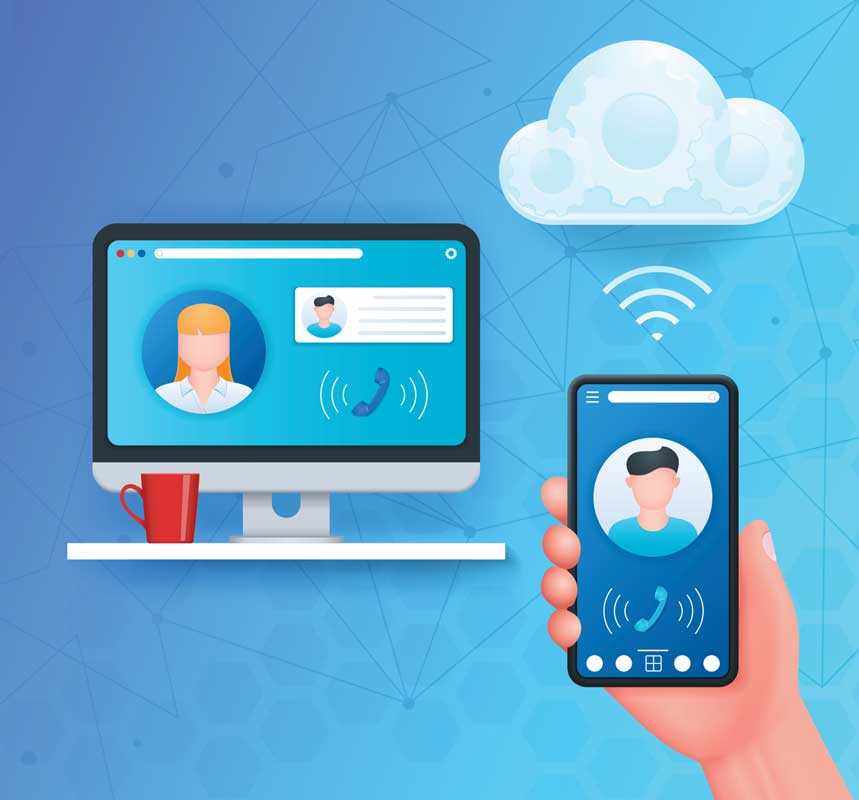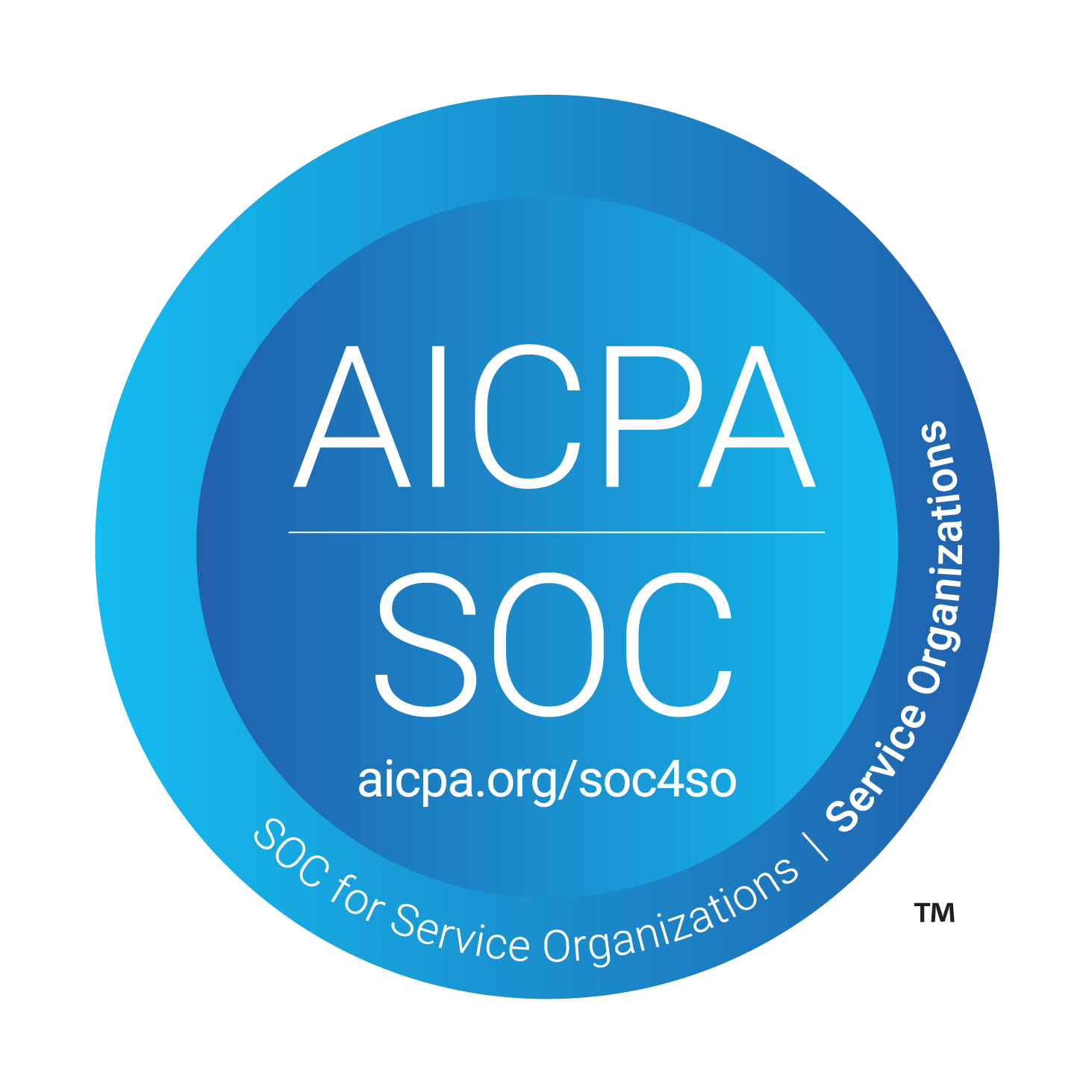Why VoIP Should Be Part of Your Business Continuity Plan
When unexpected disruptions occur, whether it’s a power outage, natural disaster, or cybersecurity incident, the ability to maintain communication becomes critical. Small businesses can’t afford missed calls, dropped connections, or communication blackouts. That’s why VoIP phone systems should play a key role in your business continuity plan.
At Louisville Geek, we help companies build resilient communication strategies that support disaster recovery and long-term continuity. Here’s how VoIP fits into that picture.

What Is VoIP and Why Does It Matter for Disaster Recovery?
VoIP (Voice over Internet Protocol) is a phone system that transmits voice calls over the internet instead of traditional landlines. Because VoIP is cloud-based, it enables your business to stay operational even if your physical location is compromised.
When integrated into a business continuity strategy, VoIP delivers built-in flexibility, mobility, and failover capabilities that traditional phone systems simply can’t match.
5 Reasons to Include VoIP in Your Business Continuity Plan
1. Traditional Phone Systems Are Vulnerable to Outages
Legacy phone systems rely on physical infrastructure. If your building loses power or access, so does your ability to communicate. Landlines can’t easily reroute calls or support mobile access, which leaves your team disconnected during emergencies.
2. VoIP Supports Remote and Distributed Teams
With VoIP, employees can make and receive calls from laptops, mobile phones, or softphones using the same business number even if they are working remotely. This is critical during weather events, infrastructure failures, or forced office closures.
3. VoIP Offers Built-In Disaster Recovery Features
Modern VoIP platforms include key features designed for business continuity:
- Call forwarding and routing rules to redirect calls to alternate numbers or devices
- Cloud-hosted voicemail and auto-attendants to keep customer service available
- Geo-redundant data centers to prevent service loss if one location is affected
- Failover configurations that activate automatically during outages
These features reduce downtime and help ensure uninterrupted communication.
4. Better Communication Improves Crisis Response
VoIP enables quick, coordinated communication with your team, customers, vendors, and partners. Whether you’re managing a data breach, weather emergency, or unexpected outage, your team can remain aligned and responsive in real time.
When paired with your larger disaster recovery strategy, VoIP becomes a key tool in maintaining business operations.
5. VoIP Is Scalable and Budget-Friendly
VoIP systems are not only more resilient but also more cost-effective. You avoid the large upfront costs of traditional hardware and can scale up or down based on your business size or seasonal needs. This makes VoIP a smart, sustainable choice for small businesses investing in IT resilience.
How VoIP Aligns with Your Business Continuity Strategy
A solid business continuity plan (BCP) ensures your company can keep operating through disruption. A VoIP phone system enhances this plan by:
- Providing location-independent communication
- Ensuring availability during outages or disasters
- Offering redundancy and failover protection
- Supporting flexible workforce models
- Integrating easily with cloud backup and IT systems
VoIP doesn’t just keep your phone ringing. It helps protect your reputation, revenue, and relationships.
Partnering with Louisville Geek for VoIP and Continuity Planning
At Louisville Geek, we help small and mid-sized businesses implement VoIP solutions that integrate with their broader IT strategy. Whether you’re upgrading from a traditional system or building your first continuity plan, our team can design and deploy a VoIP system that works during the good times and the challenging ones.
Ready to Build a Resilient Phone System?
Don’t wait for disaster to realize your phone system is a weak link. Let’s talk about how a VoIP solution can strengthen your business continuity and disaster recovery plan.



